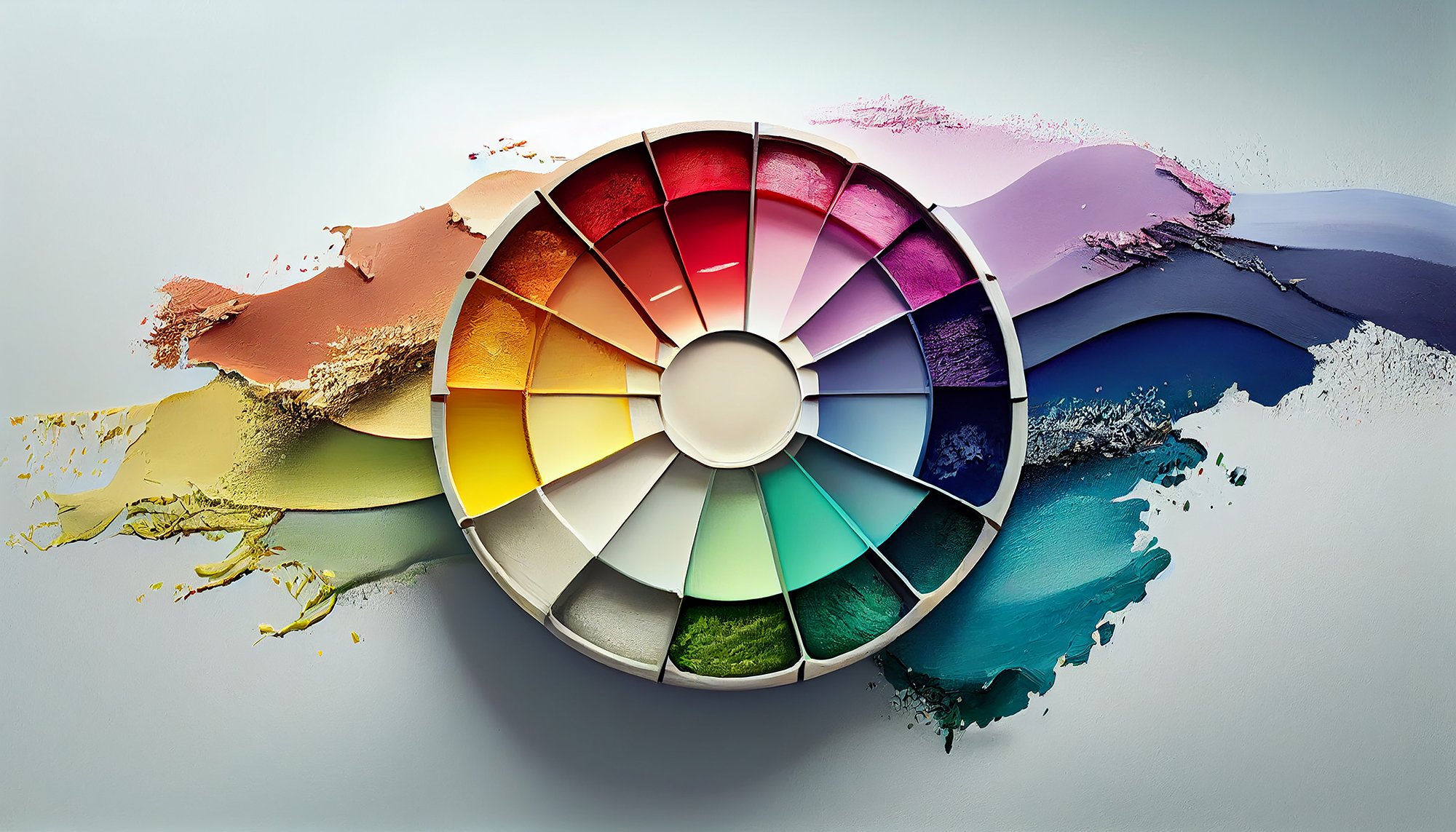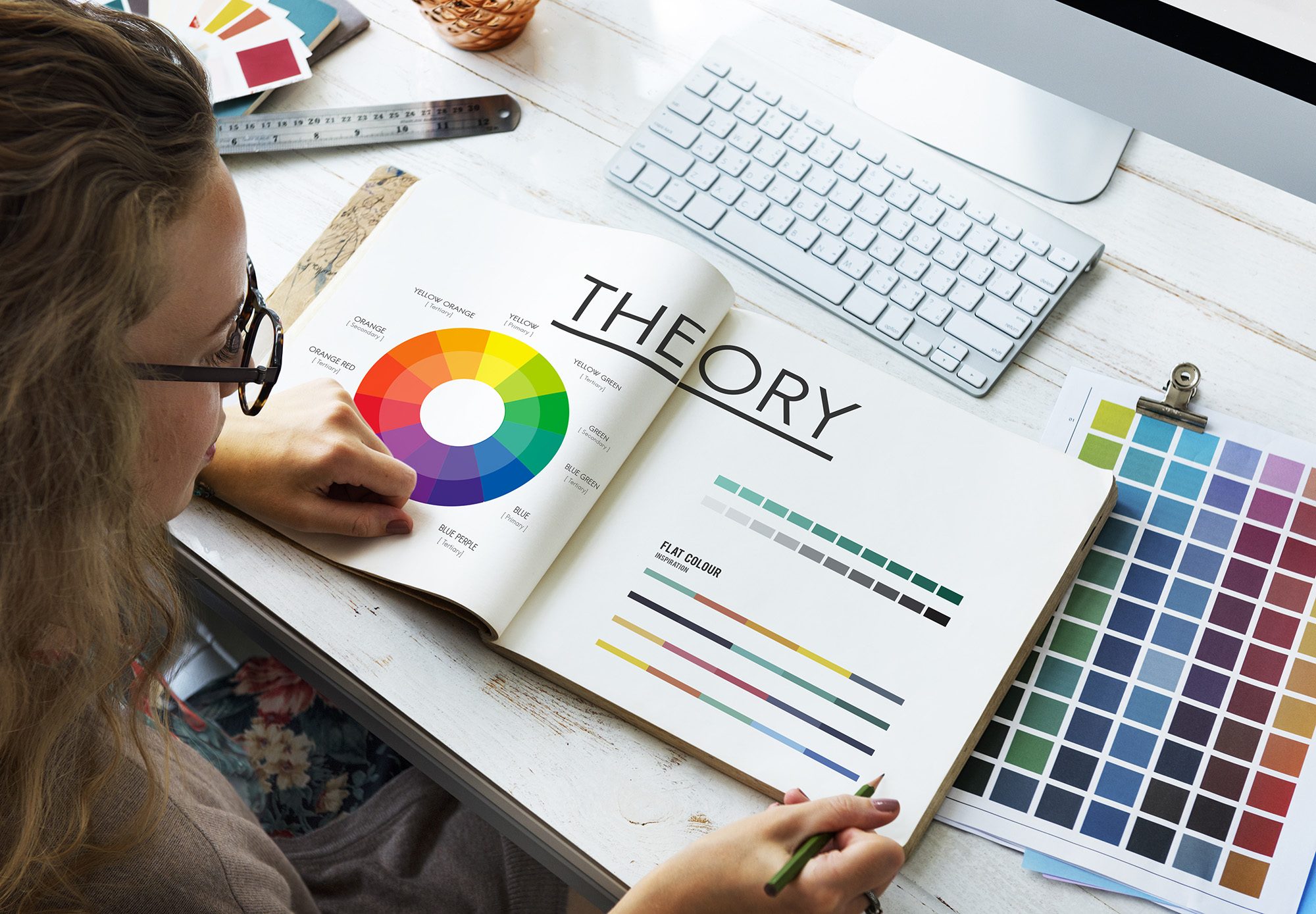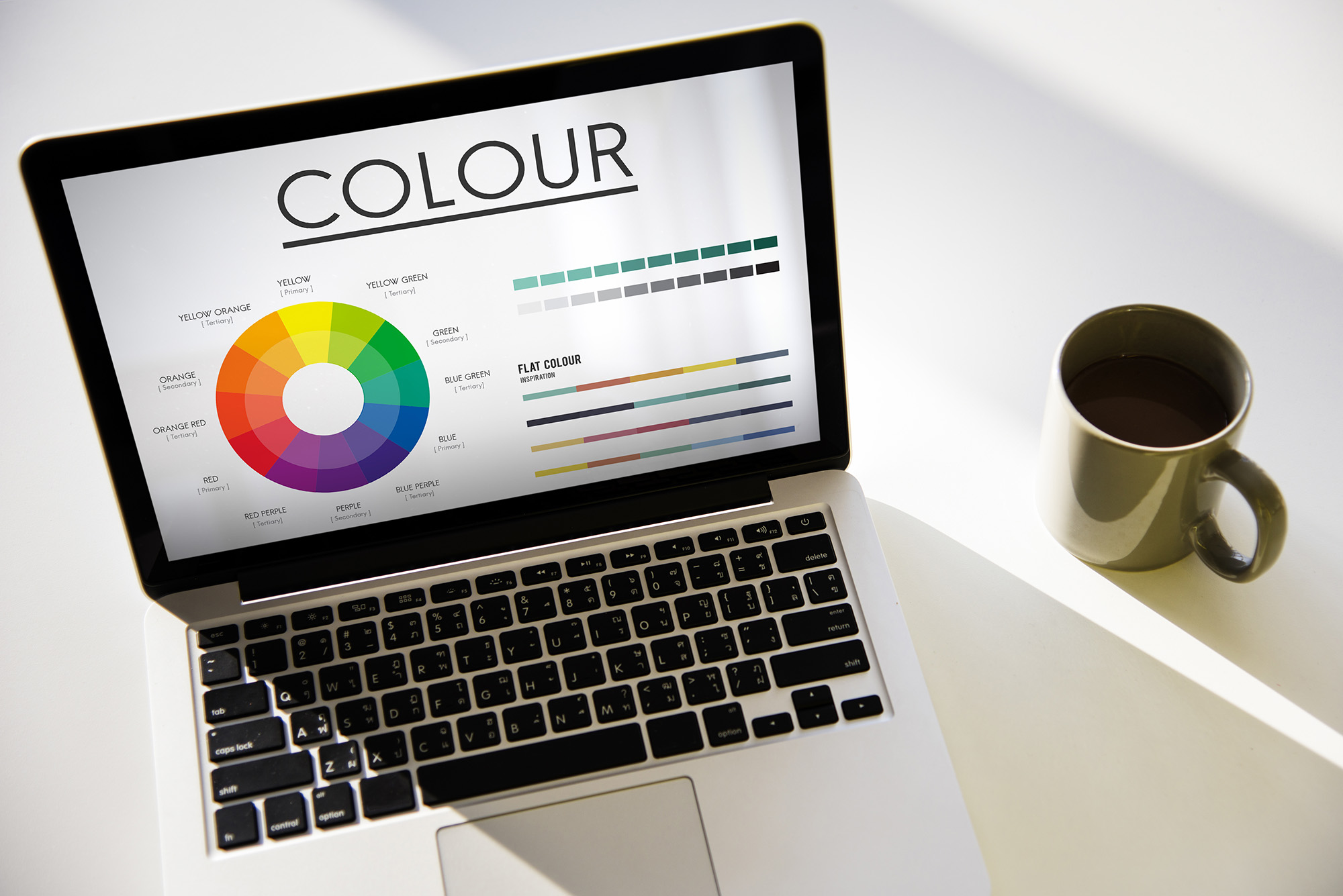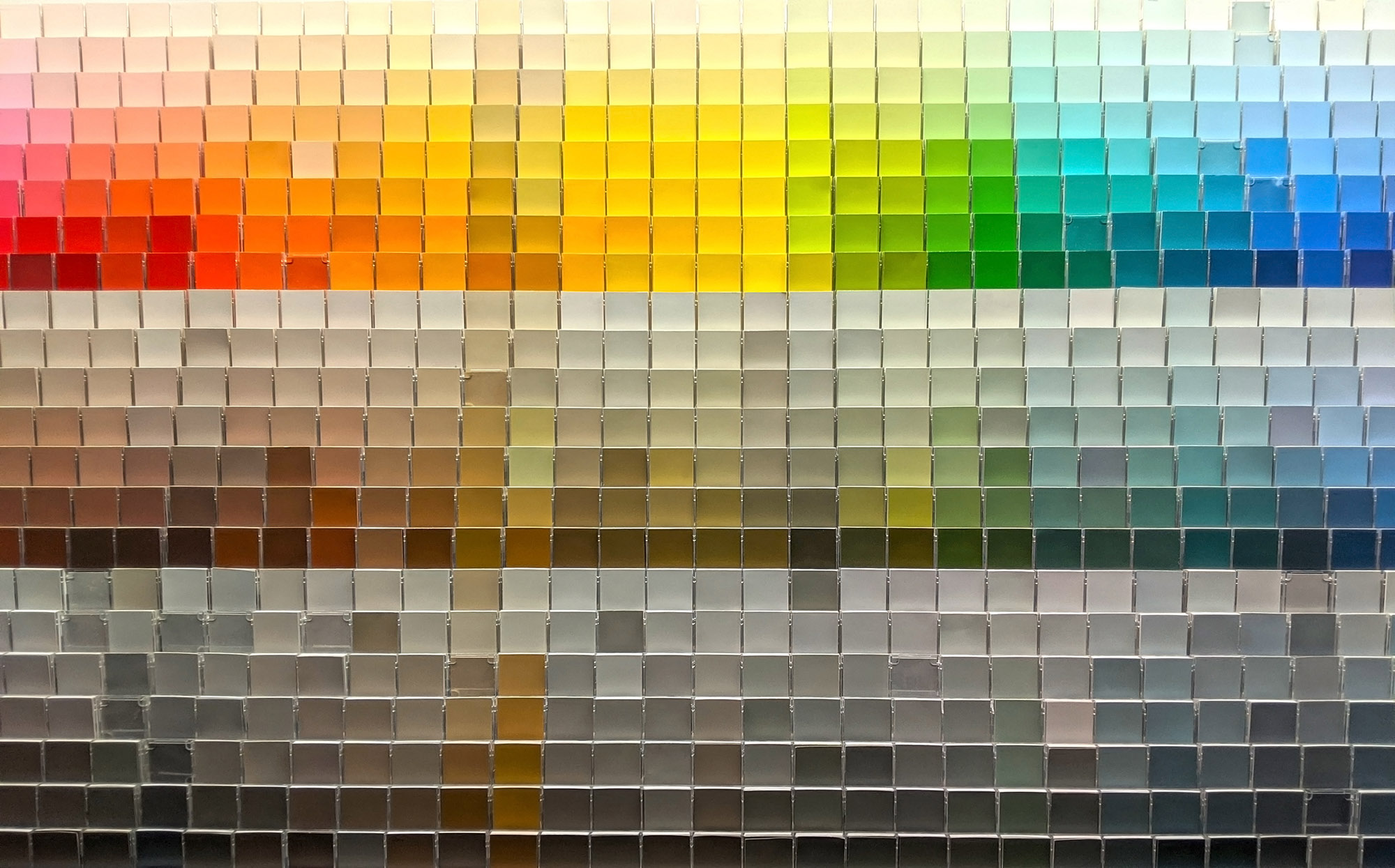
Introduction to Color Psychology
Colour psychology explores the emotional and mental effects that colours have on sighted individuals. Different colours can evoke various feelings, thoughts, and reactions. While these can be subjective and often vary between cultures, understanding the general psychological impact of colours can help you make more informed decisions in your designs.
What Major Colors Commonly Represent
Red
Often associated with intensity, red can signify passion, urgency, and excitement. It’s commonly used in sale signs and call-to-action buttons to grab attention and provoke action.
Blue
Blue tends to evoke feelings of calm and tranquillity. It’s frequently used in corporate settings to convey trustworthiness and professionalism.
Yellow
Yellow is a colour often linked to happiness and optimism. However, it’s also the most fatiguing to the eye and can be overwhelming if overused.
Green
Green often symbolises nature and wellness. It’s also associated with growth and can evoke feelings of renewal and prosperity.
Black
Black is versatile and can convey elegance, sophistication, or even mystery. However, it can also signify mourning or evil in certain cultural contexts.
White
White is generally associated with purity, cleanliness, and simplicity. It’s often used to convey a minimalist aesthetic and create a sense of space.
Using Color Psychology in Graphic Design
Know Your Audience: Different cultures have various interpretations of colours. Knowing who you’re designing for can help you choose colours that convey the right emotions.
Combine Wisely: Think about the cumulative psychological effects of multiple colours in your design. For instance, red and black together can evoke very different feelings than red and white.
Balance Emotions: Use the emotional weight of colours to balance your design. For example, if your main colour is intense like red, consider balancing it with a calmer colour like blue or grey.
A/B Testing: If possible, perform A/B tests to see how different colours affect user behaviour. This empirical approach can provide valuable insights.
Conclusion
Understanding the psychological implications of colours is a crucial aspect of effective graphic design. While there’s no one-size-fits-all answer, being aware of what different hues typically signify can guide you in making design choices that resonate with your target audience.








